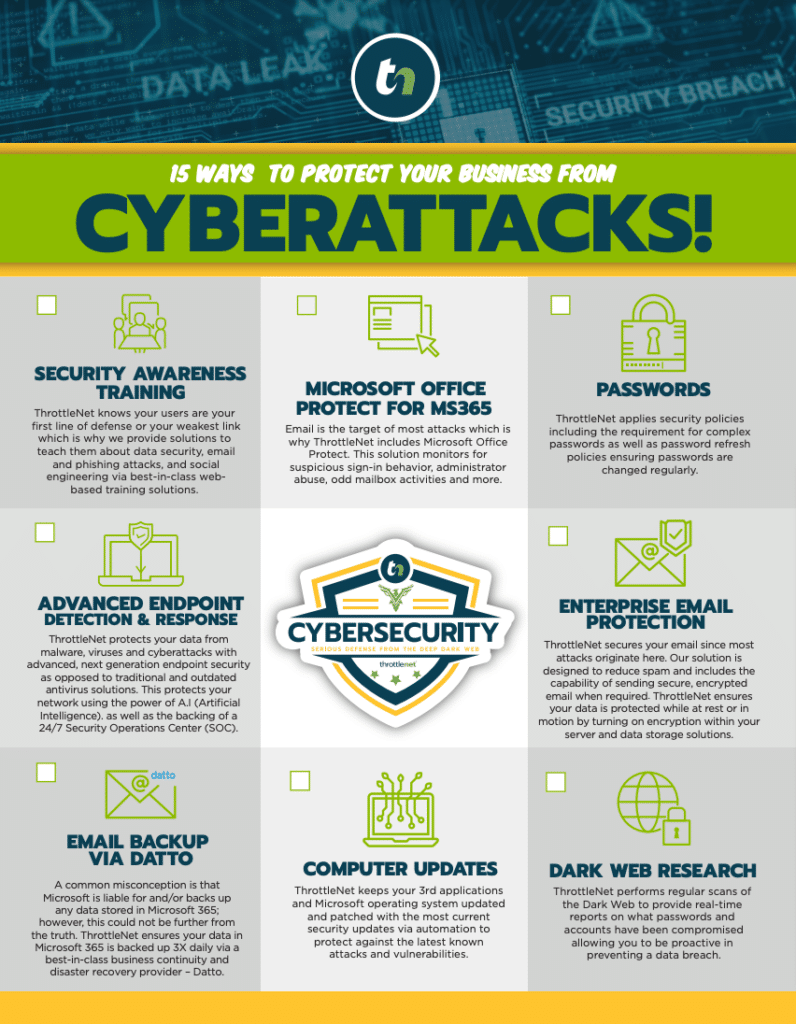Five Benefits of Desktop Virtualization: How Virtual Desktop Solutions Can Help Your Business
Has your business considered taking its desktops to the cloud? Desktop virtualization is the separation of the desktop environment and associated hardware from local devices, instead, storing this information on a server or in the cloud. Virtual desktop solutions benefit end users and IT teams in countless ways, and are especially beneficial to small organizations in terms of cost-savings.
Traditional desktop computers can be burdensome to maintain, and hours can be wasted setting up new machines to match the needs of newly onboarded employees. Beyond saving time and money, there are plenty of benefits of virtualization to consider before deploying this technology at your business.
1. Virtual Desktops Allow Mobile Access to Applications
Virtual desktop solutions make working from home easier. Employees don’t need to bring their work machines home with them and connect to the server over a VPN – rather, a virtual desktop allows users secure access to every software program and all files they use at work that they otherwise wouldn’t have access to on a personal machine.
2. Virtual Desktops are Flexible
Every employee at your organization needs access to different programs, licenses and file directories. Rather than uploading software packages to a local machine at onboarding, virtual desktop operators can grant access to applications already stored on the server with just a few clicks. Virtual desktops can be customized at the user level, making onboarding and offboarding a snap.
3. Virtual Desktops are Easy to Maintain
Since all files and applications are centrally managed in the cloud, it’s no longer necessary for multiple end users to individually download and install necessary programs themselves, while the IT department no longer needs to rely on end users to update and patch applications. This can be accomplished in one swoop across that affects everyone. It’s easier for IT to keep track of software assets through a virtualized desktop.
Another benefit of desktop virtualization is that it’s a thin client that only needs to rely on the network server or the cloud and not the machine itself. This helps prolong the lifecycle of your hardware, providing huge cost-saving benefits.
4. Virtual Desktops Are More Secure
Data and images are stored in a safe environment, and confidential information can be centrally managed to prevent data loss from occurring. It’s easier to stay on top of applying critical software updates, and administrators have more control over protecting the network from unauthorized access or introduction of viruses. Virtual desktop solutions also don’t allow users to copy or save data to any disc other than the server, making it harder to get confidential information out no matter where the server is being accessed from.
5. Virtual Desktops Improve Productivity & Lower Costs
Standard PCs have longer repair cycles that can cause delays and cost businesses. Virtual configuration takes minutes rather than hours, and end users can enjoy access to the same apps and data anywhere, anytime. With a virtualized environment, IT support costs, licensing costs, capital costs and upfront purchasing cost savings can reduce overall IT operating costs by up to 70%. Statistics also show that virtualization can lower energy bills by significant margins as well.
Learn More About Virtual Desktop Solutions from ThrottleNet
ThrottleNet’s Cloud Desktop package powered by OS33 offers flexibility & security to small businesses from any device, anywhere. Our desktop virtualization solution gives users access to all their applications & files backed by industry-leading compliance & disaster recovery measures with uptimes of 99.999%.
We also provide end-to-end support to help you get the most out of the cloud.
Contact us today to learn more about Cloud Desktop & other Managed Cloud solutions for business.


